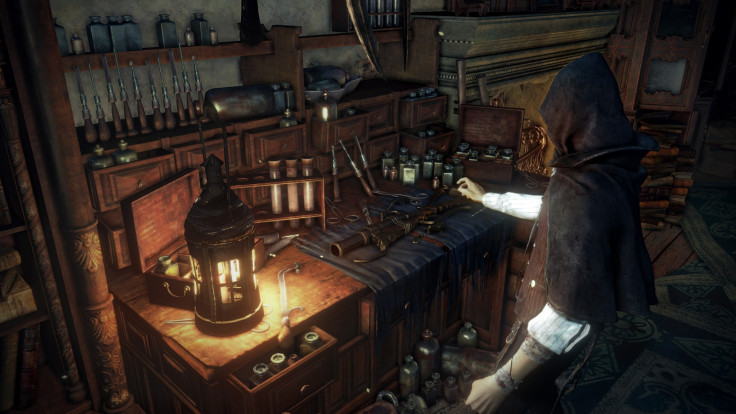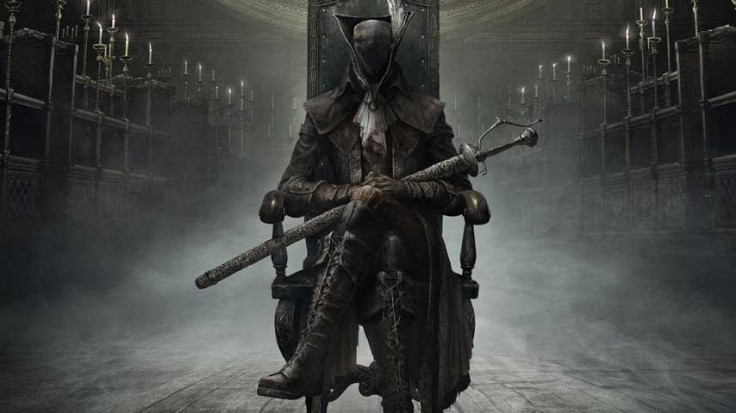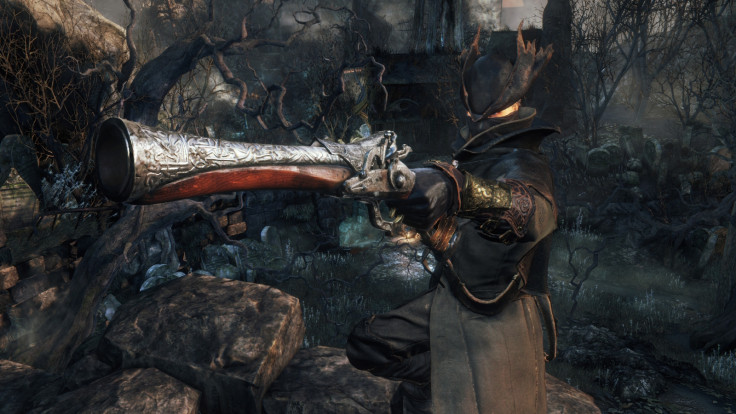Five ways Bloodborne 2 could be FromSoftware's best game to date
Fear the new blood.
The Dark Souls series' impact on modern game design is a testament to its quality, with no small number of blockbuster and indie titles borrowing elements of FromSoftware's punishing action RPG franchise.
Yet while there have been a small number of pretenders hoping to steal the series' crown by adapting the formula, there have been very few games that have reached or surpassed the standard expected from famed director Hidetaka Miyazaki and the Souls team.
Except, of course, FromSoftware's own reinterpretation of the Souls format with 2015's Bloodborne.
The Japanese studio's decision to transpose the medieval fantasy aura of Souls onto a more overt horror-inspired canvas proved to be a masterstroke, as did bonding the game's claret-drenched buffet of Stoker-esque beasts and Lovecraftian monstrosities to a mutation of the typically defensive Souls combat where the hunted became, quite literally, the hunter.
The resulting unholy matrimony of white-knuckle gameplay, oblique lore and gory visuals was an appropriate fit for the legions of eldritch nightmares lurking in Yharnam's ornate streets and cathedrals, with many deeming Bloodborne to be a superior experience to its spiritual predecessor.
With the first flame seemingly distinguished for good with the release of Dark Souls 3's final DLC expansion, The Ringed City, there's a glimmer of hope that FromSoftware could be eyeing a Bloodborne sequel. If it is (E3 2017 perhaps?), below are five things we would like to see in the next installment.
Before we begin, an honourable mention has to go to a performance bump. The only real black mark against Bloodborne that still hasn't been completely fixed is its choppy frame rate - a blemish that was reduced in Dark Souls 3 and would be inexcusable if not improved upon again in a full sequel.
Improved Chalice Dungeons
Pitched as FromSoftware's take on procedurally generated level design, Bloodborne's Chalice Dungeons were a mixed bag of clever ideas, mammoth difficulty spikes and abject frustration.
The concept behind the labyrinthine Chalice Dungeons made complete sense and served as a welcome detour from the main game, while also acting as a perpetual endgame for masochists looking to take on Bloodborne's most unforgiving optional bosses. I'm looking at you, Watchdog of the Old Lords - Defiled Chalice edition.

Unfortunately, the look-alike corridors and repetitive structure was clear evidence that the algorithms at work behind the scenes were less than capable of replicating the development team's interwoven maps.
If FromSoftware can build on those foundations with more intricate systems and a wider range of environmental variables, Chalice Dungeons could be quite special indeed.
Weapon Arts (and more Trick Weapons)
On the whole, Dark Souls 3 was an expertly crafted farewell to an iconic series which banked on familiarity and heritage over innovation. The introduction of Weapon Arts however, added a welcome extra layer to the finely honed combat.
Utilising a secondary Focus Points gauge alongside the traditional stamina and health bars, the mechanic's actual function was dependent on which weapon the player had equipped, with effects ranging from stronger attacks, stance changes, buffs, area of effect strikes and more.
But most importantly, they often looked really cool.

Bloodborne's gruesomely balletic combat technically already has a modifier of its own in the form of Trick Weapons, with each jagged blade or blunt object going through an instant transformation into a potentially deadlier weapon with one player input. Combining the flair of Weapon Arts with Bloodborne's existing arsenal to create vicious chain attacks is something we'd love to see.
And while we're at it, can we have a few new Trick Weapons too, please.
Expanded Frenzy and mechanic
Of the many, many troublesome status effects that can be inflicted on the player in Bloodborne, Frenzy was by far the most lethal.
Similar to Poison and Bleed effects, Frenzy took away a significant portion of the player's health bar, but was made ten times worse by including a status metre that continued to fill over time after being hit (or spotted by one of those ghoulish Winter Lanterns).
Ostensibly just another way of sending the player back to the last Lantern, Bloodborne lore theorists developed a compelling theory behind the mechanic that could be expanded upon in a sequel.

In the same way that Insight points are gained by entering specific areas or seeing bosses for the first time, Frenzy starts to build when encountering grotesque creatures that connect to the game's string-pulling celestial entities, The Great Ones.
In a clever move, the ineffable cosmic nature of these beings reflects back in the game's mechanics here, with the player character struggling to comprehend and rationalise the existence of these sci-fi beings and taking Frenzy damage.
In this way, the status effect plays out like a subtle nod to Sanity Metres found in other Lovecraft-inspired games such as Eternal Darkness: Sanity's Requiem and Amnesia: The Dark Descent (YouTuber Super Bunnyhop does an excellent job of explaining this in greater detail in the video here).
Fourth-wall breaking fake game crashes would probably stretch FromSoftware's formula a little too far, but using a rising Frenzy bar as a way of upping the psychological ante with shifting enemy placement and eerie environmental changes, for example, would add an extra layer to an already fascinating design quirk.
An Arena mode
This is a simple one.
Dark Souls 3's penultimate expansion, Ashes of Ariendal, introduced a deathmatch-style online PvP arena to Souls' already hugely popular competitive scene. It was an enjoyable counterpoint to the usual Invasions, although it suffered from a spartan feature list and a few lag issues.
Bloodborne's story premise and pacier combat lends itself to this kind of free-for-all brawling much better than its sister franchise and with a few additions could be a big draw in Bloodborne 2.

More Covenants
Speaking of the game's premise, the disparate Hunter clans in Bloodborne formed the backbone of the first half of the game's tale, with different characters approach the scourge of beasthood with their own methods and moral codes.
Despite the variety in viewpoints, only three Covenants were available in the vanilla game (expanded to six with The Old Hunters) - a number which pales in comparison to totals in Souls games.
Swearing to one of these Covenants, which are mostly included to group players together in online play, is an optional allegiance, but also a novel way of adding a little more character to your Hunter avatar.
While we hope that the Blood Dreg-gathering Vilebloods and the Hunter of Hunters watchmen and women make a return, there is ample room for additional player oaths.
For all the latest video game news follow us on Twitter @IBTGamesUK.
© Copyright IBTimes 2025. All rights reserved.



















